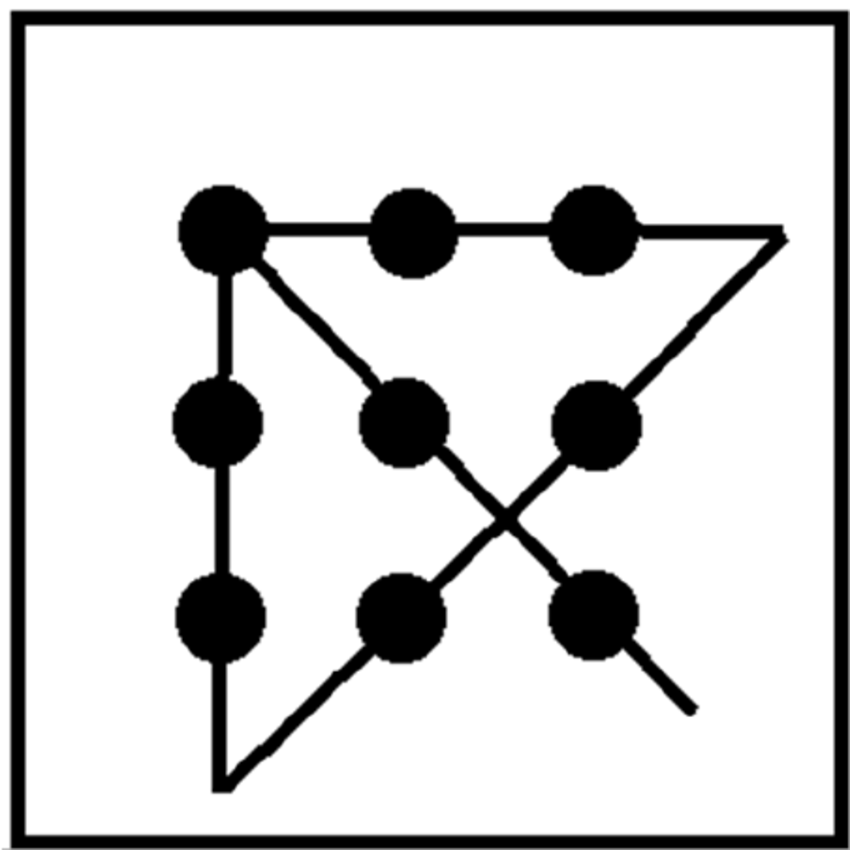THE ASSESSMENT BUFFET
How have we lost the art of play?
The nine-dot problem is an age-old lateral thinking puzzle that was particularly fashionable in the ’70s and ’80s. Each player is given nine dots in a 3×3 grid and asked to draw a path between them using the fewest number of straight lines possible without putting down their pencil.
Some people think that the nine-dot problem is where the phrase “out of the box thinking” came from, but others say it came from a 1945 cognitive performance test called Duncker’s candle problem.
Participants in Duncker’s test are given a candle, a book of matches, and a box of push pins. The task is to attach the candle to the wall so that when it is lit, no wax drips down the table. The box, which at first glance may seem to exist only to hold the push pins, needs to be used in a useful way for the solution to work.
Martin Gardner called this puzzle a “classic geometrical challenge” in a 1959 collection of Sam Loyd’s work. The constant part of the challenge is that it shows how our thoughts tend to put unnecessary limits on how we can solve problems. The most common answer to the puzzle is shown below for those who are unfamiliar. (Source: Research Gate).
Today, we use a buffet of assessments for hiring, onboarding, promotion, and many other facets within the talent management pool.
Here is a small list:
1. DISC
2. CliftonStrengths
3. Myers-Briggs Type Indicator (MBTI)
4. Kolbe Index
5. The Neethling Brain Instrument (NBI)
6. Gallups Strengths Finder
7. The Energy Leadership Index (ELI)
8. The Habit Finder Assessment
9. Saville Assessment
10. Enneagram
11. The IHHP Emotional Intelligence (EQ)
12. Hogan Assessments
My point is that we are not a “one size fits all” society. I am using the food metaphor as we are all individuals in our likes, dislikes, and ways of how we think and use our own level of metacognition.
Each sector has a variety of choices for us to choose from, yet when it comes to people, we specify a certain modality or way that puts all people into one method and/or category.
What about the people who don’t test well?
What about the people who have anxiety?
Food for thought: If a student doesn’t tell well, there are other ways of assessing and grading the lessons and information being taught to ensure the learning has been achieved. Why hasn’t this been incorporated into business acumen processes?
Are you truly offering the best assessment to accommodate your team and organization at large? 💙

